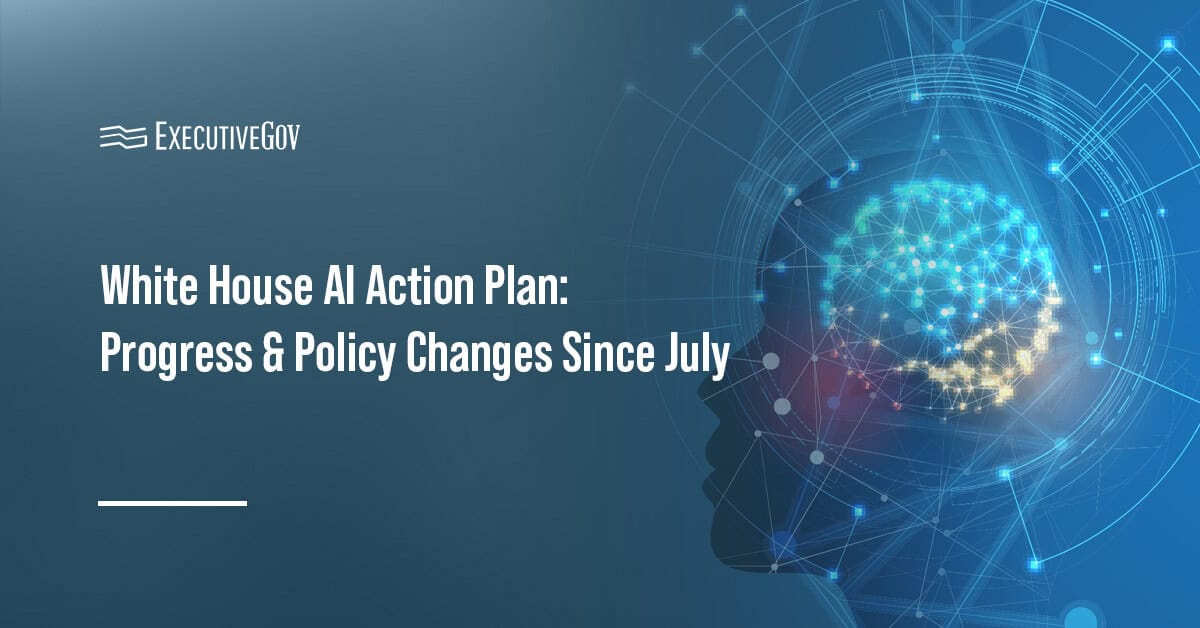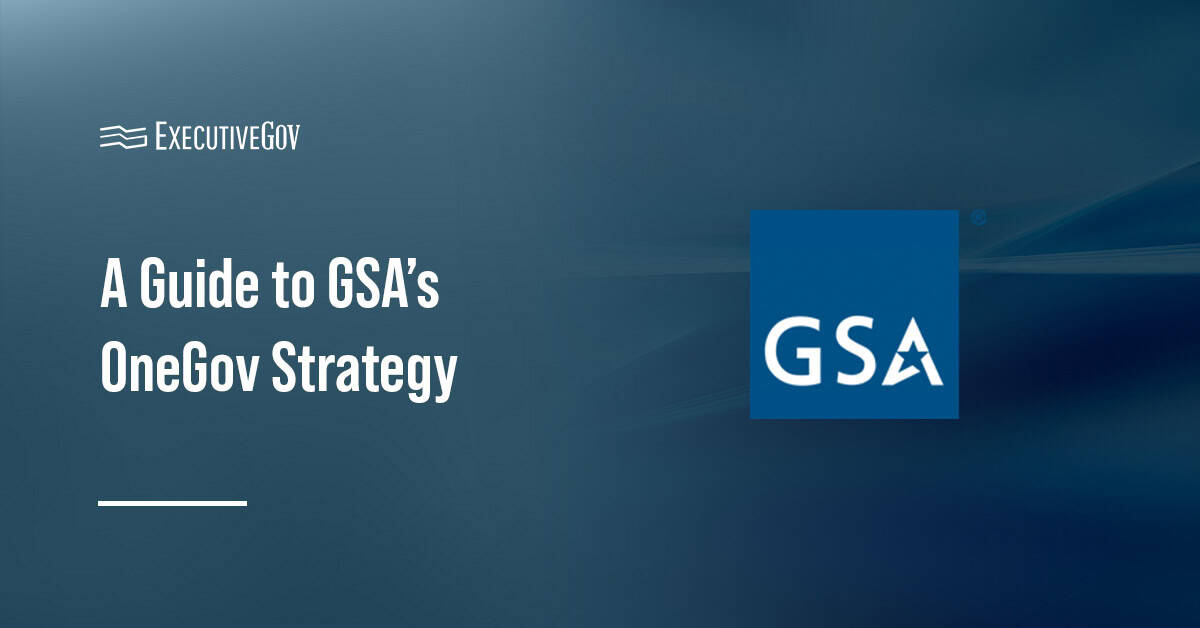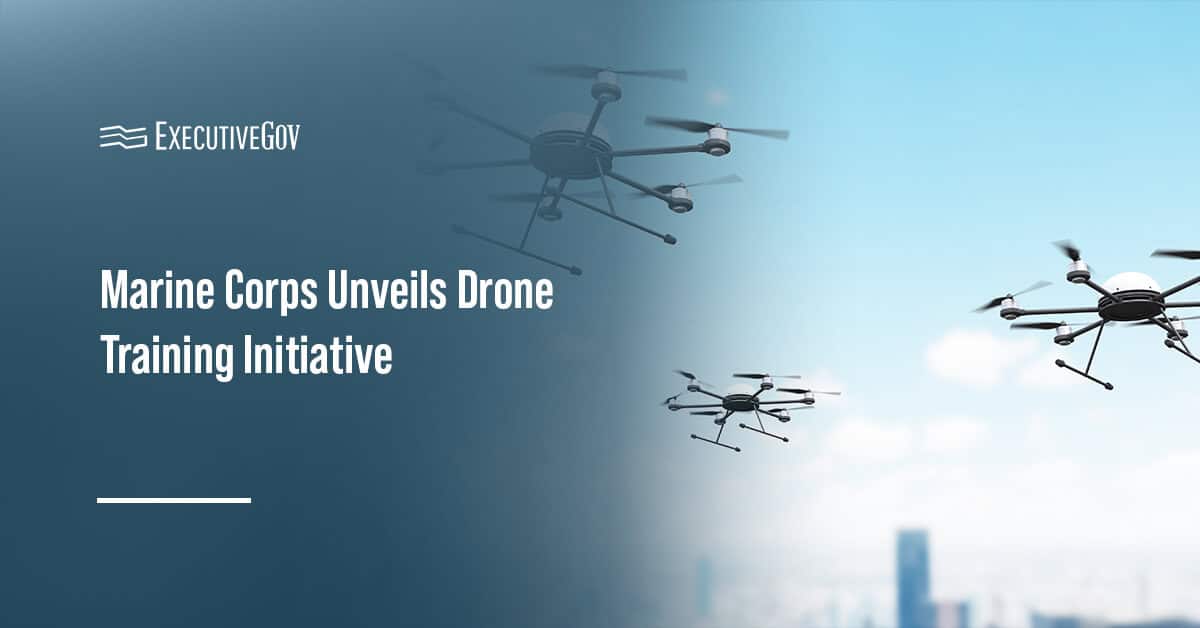The Department of Veterans Affairs (VA) has adopted a strategy to harness the potential of artificial intelligence technology to modernize the delivery of health care services and benefits to former military personnel.
VA said Thursday that it looks to AI to manage veterans' health outcomes, expand technical capabilities, build trust in the emerging technology and grow partnerships with the business sector.
The department vowed to ensure the ethical use of the technology across its enterprise and the security of data on veterans.
“To this end, VA leadership, practitioners and relevant end-users will be trained to ensure all AI-related activities and processes are ethical, legal and meet or exceed standards,” said Gil Alterovitz, director of the VA National AI Institute.
Alterovitz previously said that the department was working with other federal agencies to compile AI use cases.





